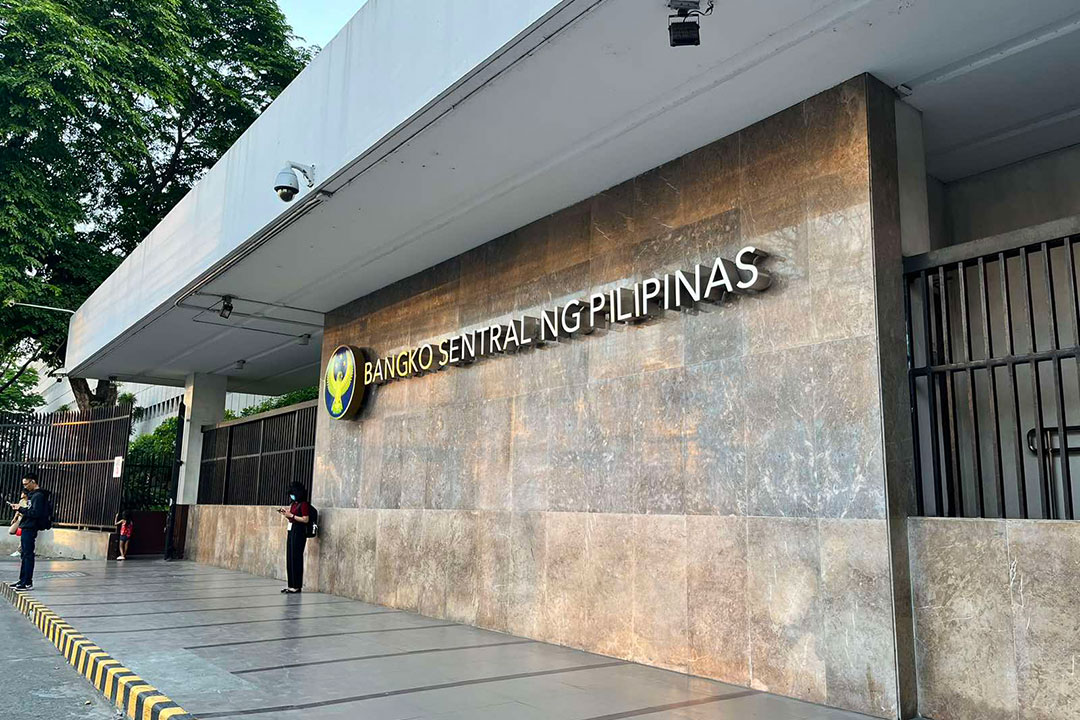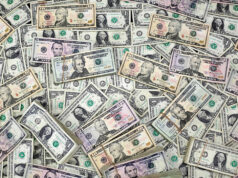Yields on term deposits go down on easing bets

YIELDS on the Bangko Sentral ng Pilipinas’ (BSP) term deposits edged lower on Wednesday as the offer was oversubscribed amid expectations of further monetary easing.
Demand for the central bank’s term deposit facility (TDF) amounted to P154.854 billion on Wednesday, above the P110-billion offering as well as the P141.459 billion in bids for a P100-billion offer a week ago. This allowed the BSP to make a full award of its offer.
Broken down, tenders for the seven-day papers reached P78.28 billion, higher than the P60 billion placed on the auction block but below the P82.205 billion in bids for a P50-billion offering seen in the previous week. The central bank made a full P60-billion award of the tenor.
Accepted yields ranged from 5.49% to 5.5255%, a slightly lower band compared with the 5.5% to 5.5355% seen a week ago. With this, the average rate of the one-week term deposits inched down by 0.9 basis point (bp) to 5.5158% from 5.5248% previously.
Meanwhile, the 14-day papers fetched bids amounting to P76.574 billion, well above the P50-billion offer and the P59.254 billion in tenders for the same volume offer a week ago. The BSP awarded P50 billion in two-week papers as planned.
Banks asked for rates ranging from 5.5% to 5.545%, narrower than the 5.5% to 5.57% margin seen last week. This caused the average rate of the two-week papers to fall by 1.54 bps to 5.5299% from 5.5453% in the prior auction.
The BSP has not auctioned off 28-day term deposits since October 2020 to give way to its weekly offerings of securities with the same tenor.
The TDF and BSP bills are used by the central bank to mop up excess liquidity in the financial system and to guide market rates closer to the policy rate.
Term deposit yields were lower this week following fresh rate cut signals from the central bank governor, Rizal Commercial Banking Corp. Chief Economist Michael L. Ricafort said in a Viber message.
“The peso exchange rate recently appreciated versus the US dollar to the best in nearly two years and global crude oil prices eased to among the lowest in more than four years or since April 2021, both of which would reduce importation costs and overall inflation that could support further monetary easing for the coming months,” Mr. Ricafort added.
BSP Governor Eli M. Remolona, Jr. last week signaled the possibility of two more rate cuts this year in “baby steps” or increments of 25 bps.
He added that a reduction will be on the table at the Monetary Board’s next policy meeting on June 19. After the June review, the policy-setting body’s remaining meetings are scheduled in August, October and December.
The BSP last month reduced benchmark interest rates by 25 bps to bring the policy rate to 5.5%.
The central bank has so far slashed borrowing costs by a total of 100 bps since it began its easing cycle in August last year.
Headline inflation slowed to an over five-year low to 1.4% in April, bringing the four-month average to 2%.
The peso last week hit near two-year highs as the dollar was under pressure after Moody’s Ratings cut the United States’ triple-A rating. It has since weakened anew as concerns over the US economy prompted bets that the Federal Reserve would prefer to stay cautious and deliver less rate cuts this year than initially expected.
Meanwhile, the world’s biggest oil exporter Saudi Arabia may cut its crude prices for Asian buyers in July to the lowest in six months, refiners said, tracking losses in benchmark prices driven by rising supply from OPEC+, Reuters reported.
The July official selling price for flagship Arab Light crude may drop by 40 cents to 50 cents to between 90 cents and $1 a barrel from the previous month, four Asian refining sources said in a Reuters survey.
Oil prices have tumbled since OPEC+ or the Organization of the Petroleum Exporting Countries and its allies such as Russia agreed to increase production by nearly 1 million barrels per day in April, May and June. — Luisa Maria Jacinta C. Jocson



